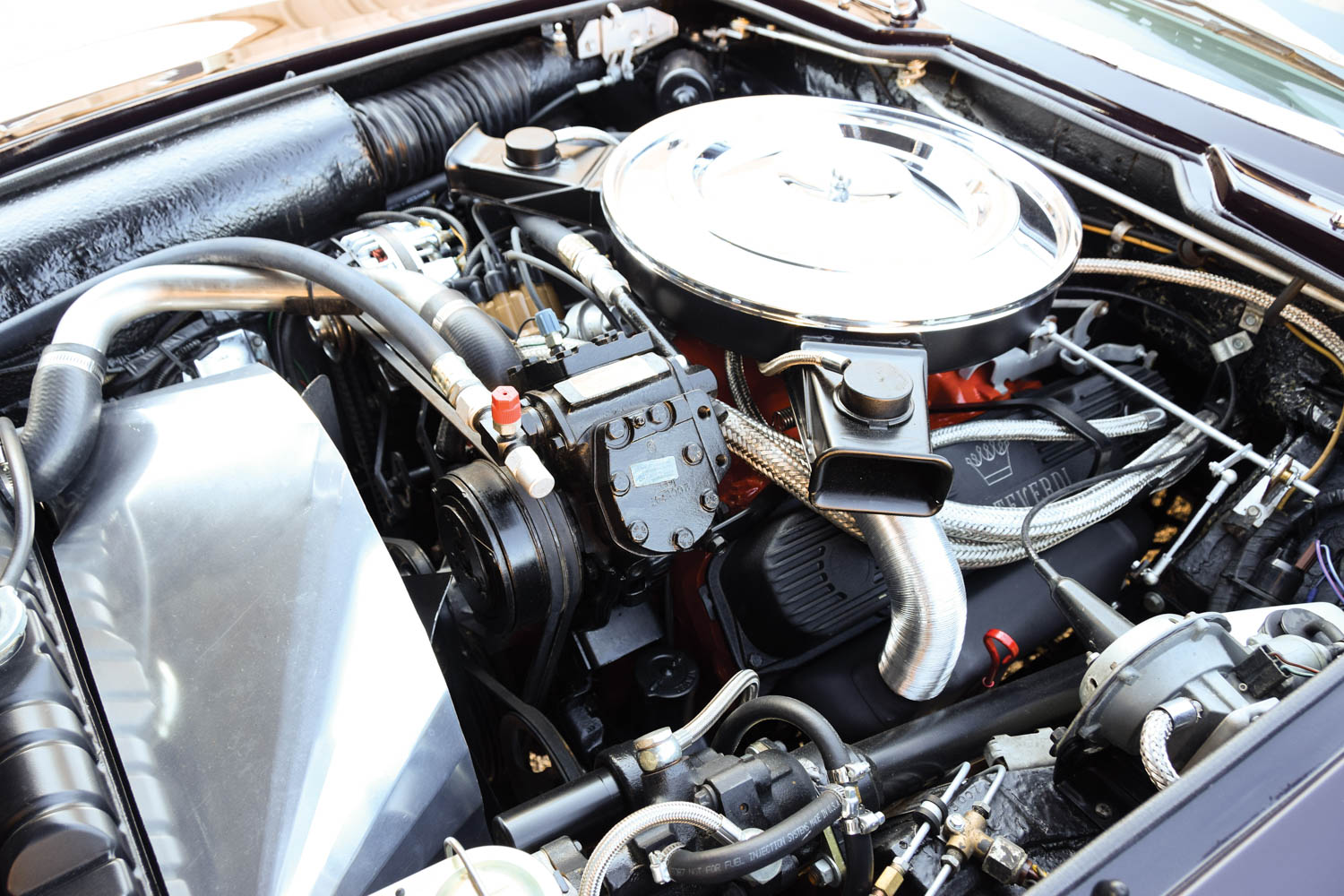Stutz Duplex and Monteverdi 375/4: ’70 super sedans you totally forgot
The automotive world has a long history of trans-Atlantic partnerships. Some of my favorite sports cars and grand tourers are the result of British, French, or Italian bodies wrapped over snarling American V-8s. There’s the Shelby Cobra, Jensen Interceptor, Facel Vega, Bizzarrini Strada, and Iso Grifo just to name a few. I love the siren song of a V-12 as much as anyone, but it’s hard to argue with 400+ cubic inches of Detroit pushrod V-8 that can be rebuilt in a Pep Boys parking lot or tuned up with a matchbook and a screwdriver.
If four doors are more your style, you have some rather…eclectic options.
Stutz Duplex

The Stutz Duplex was penned by former Chrysler designer Virgil Exner. It’s the sedan version of the better-known, yet-still-rare Stutz Blackhawk that found its way into the collection of many icons of 1960s and ’70s TV, film, and pop culture, guys like Elvis Presley, Sammy Davis Jr., Evel Knievel, and Johnny Cash. The Blackhawk was to be the renaissance vehicle of the long-gone American sports and luxury car maker that had folded in 1935. Stutz was reborn in 1968, but sales never really took off on a significant scale, and production ended in 1995
To get production up to speed in the late 1960s and early 1970s, Stutz relied on the mechanicals of a Pontiac Grand Prix and hopped up its 400-cubic-inch V-8. The Duplex took a similar, but four-door, approach using a Cadillac chassis. A new body was built in Modena, Italy, by Carrozzeria Pardane. Perhaps due to its prior experience with the Pontiac V-8, Stutz used the Cadillac chassis and not its 472- or 500-cubic-inch V-8. Behind the narrow grille was the familiar 400-cu-in Pontiac dressed in finned aluminum valve covers.
Like many of Exner’s designs, the Duplex has dramatic flourishes and interesting lines that, depending on the angle, look either elegant or downright bizarre. The stately C-pillars work well with the car in profile, but the rear valance looks unfinished, as if it’s missing a bumper. The Continental-style trunk-mounted spare is anachronistic, and although this is supposed to be a spiritual successor to pre-war cars its appearance makes some sense. I sort of dig it.
Monteverdi 375/4

Looking for a more contemporary ’70s design? The Monteverdi 375/4 sedan might be the right call. Like the Duplex, the 375/4 cribs its design from a two-door. Monteverdi’s 375 coupe series was sculpted by prolific Italian designer Pietro Frua, the man behind the Fiat 100C and Maserati Mistral. Stretched 20 inches for the addition of the rear door and ample rear passenger legroom, the Frua-designed sedan manages to keep the elegance of the coupe’s understated curves and chiseled leading edge.
Swiss-born Peter Monteverdi had the chassis for the 375/4 built in Germany; the body, of course, was built in Italy. Like his other sports cars, the sedan had American Mopar muscle under the hood. A 375-hp, 440-cu-in Chrysler RB big-block provided plenty of motivation for the sleek sedan. Its interior is just what you would expect from a low-volume performance car, with black and tan leather covering a no-nonsense dash and center stack.
If you’re in the market for a head-turning 1970s muscle sedan, then you might want to head to Essen, Germany, as both of these vehicles will be at RM’s auction. Only 30 or so 375/4 sedans were built, and the Duplex is one of two—and the only one built by Pardane. For V-8 cruising with three of your closest friends, we can’t think of many classier rides.










